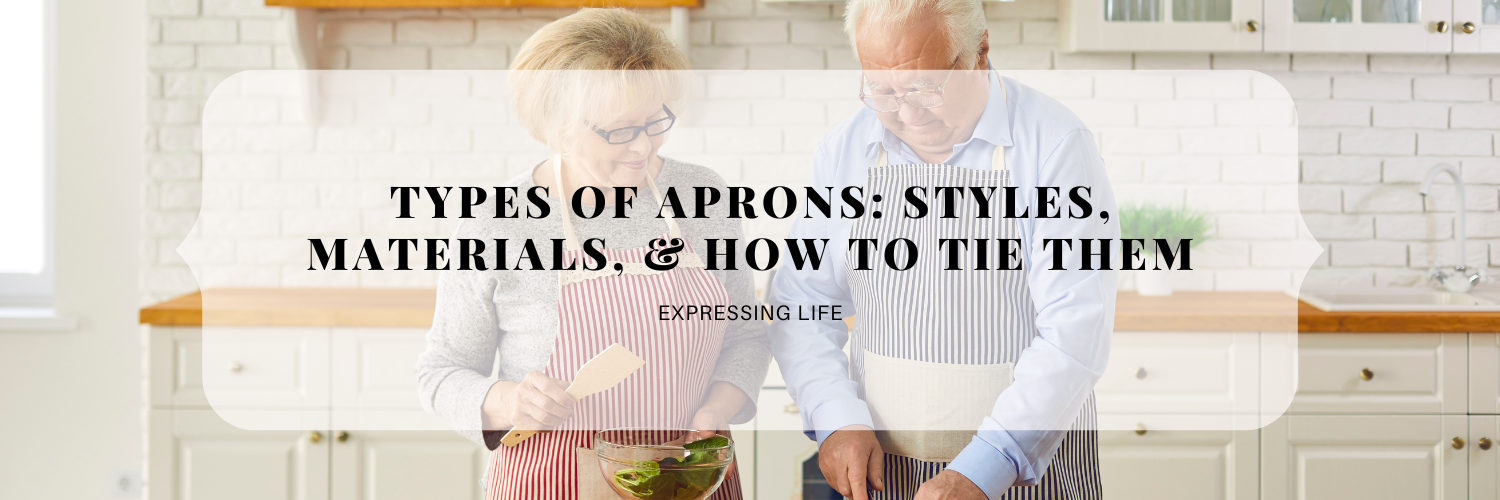When it comes to aprons, they’re not just a handy piece of clothing for chefs and bakers; they’re versatile accessories for a wide range of activities. Whether cooking up a storm in the kitchen, working in your garden, or even crafting your latest DIY project, there’s an apron to suit your needs. Explore various types of aprons, their styles, materials, and how to tie them for maximum comfort and utility below.
Traditional Bib Aprons
Traditional bib aprons probably come to mind when you think of aprons. They feature a bib that covers your chest and ties around your neck and waist. These aprons are a staple in professional kitchens, but they’re also perfect for home cooks. They provide excellent protection from splatters and spills and come in various colours and patterns, making them a fashionable choice.
Cobbler Aprons
Cobbler aprons, also known as smock aprons, are a great choice for those who want full coverage without the hassle of tying anything around their neck. They have a front and back panel, and you slip them over your head. These aprons are popular among artists, crafters, and gardeners due to their roomy design and the ease of putting them on and taking them off.
Waist Aprons
If you’re looking for a more lightweight option, waist aprons are the way to go. They tie around your waist and are perfect for situations where you need quick access to tools or supplies. Restaurant waitstaff and bartenders often sport waist aprons, allowing easy movement while providing a convenient pocket for order pads and utensils.
Cross-Back Aprons
Cross-back aprons are a contemporary take on the classic bib apron. Instead of having neck straps, they have crisscrossed straps on your back, distributing the weight more evenly and reducing neck strain. These aprons are gaining popularity in various industries, including hairstyling and tattooing, where professionals wear them for long hours.
How to Tie Your Apron
Tying your apron properly ensures it stays securely in place and serves its purpose. Here’s how to tie a traditional bib apron:
- Hold the apron by the waistband with the bib facing outward.
- Place the apron behind you and cross the straps over your back.
- Bring the straps to the front and tie them in a bow or knot, depending on your preference.
- Adjust the neck strap to a comfortable length, ensuring the bib covers your chest adequately.
- For a cobbler apron slip it over your head, adjusting the straps for a snug fit.
- Waist aprons are tied around the waist, and cross-back aprons are worn by crossing the straps on your back.
Aprons come in various styles and materials to suit your specific needs, whether you’re a professional chef, a craft enthusiast, or a gardener. Choosing the suitable apron and tying it properly can make your tasks more enjoyable and hassle-free. So, whether you’re apron-clad in the kitchen or tending to your garden, remember that your trusty apron keeps you clean and stylish while you work.






Add comment